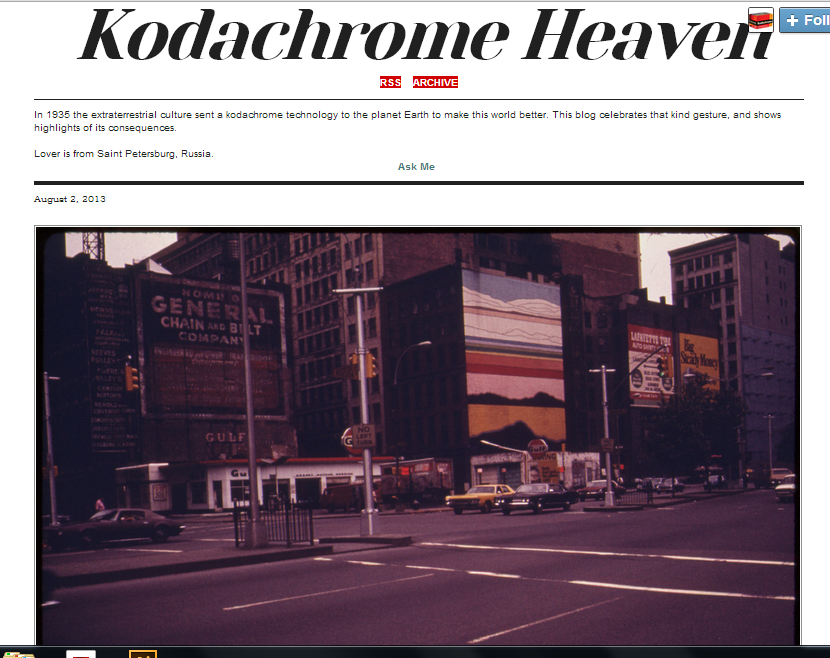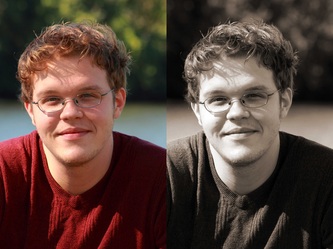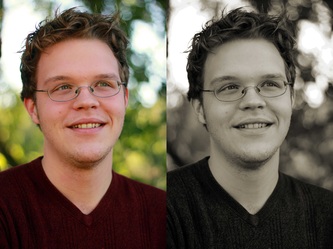I found this blog today while surfing the internet and I have to say I am a big fan.
There is not much on it, so you can quickly look at all the posts in a matter of minutes.
The blog is called “The Color Out of Space” and is dedicated to Kodachrome, a discontinued film that has arguably, some of the best colors film could produce. According to its Wikipedia page...
There is not much on it, so you can quickly look at all the posts in a matter of minutes.
The blog is called “The Color Out of Space” and is dedicated to Kodachrome, a discontinued film that has arguably, some of the best colors film could produce. According to its Wikipedia page...
Kodachrome was the first color film that used a subtractive color method to be successfully mass-marketed. Previous materials, such as Autochrome and Dufaycolor, had used the additive screenplate methods. Until its discontinuation, Kodachrome was the oldest surviving brand of color film. It was manufactured for 74 years in various formats to suit still and motion picturecameras, including 8 mm, Super 8, 16 mm for movies (exclusively through Eastman Kodak), and 35 mm for movies (exclusively through Technicolor Corp as "Technicolor Monopack") and 35 mm,120, 110, 126, 828 and large format for still photography.
Kodachrome is appreciated in the archival and professional market for its dark-storage longevity. Because of these qualities, it was used by professional photographers like Steve McCurry, Peter Guttman[3] and Alex Webb. McCurry used Kodachrome for his well-known 1984 portrait of Sharbat Gula, the "Afghan Girl" for the National Geographic magazine.[4]
Kodachome has always had some emotional effect on me that draws me into each photo, even when they aren’t really good photos. I am sure part of it is that most Kodachrome photographs I come across on the internet were taken before I was born. I feel transported back in time, to a different world. I enjoy looking at all photos, however I notice that I definitely spend more time looking at a photo when it was taken with Kodachrome.
The discontinuation of Kodachrome film has been mourned by many photography enthusiasts, including those who never had the chance to try it out, myself being among those. Photographer Steve McCurry used the last produced roll of Kodachrome and took photos in India and NYC. They can be found here.
It's a real shame that there has yet to be a good alternative to getting the Kodachrome look, without spending an amount of time in Photoshop.
Paul Simon, and most photography enthusiasts, will agree with me...
The discontinuation of Kodachrome film has been mourned by many photography enthusiasts, including those who never had the chance to try it out, myself being among those. Photographer Steve McCurry used the last produced roll of Kodachrome and took photos in India and NYC. They can be found here.
It's a real shame that there has yet to be a good alternative to getting the Kodachrome look, without spending an amount of time in Photoshop.
Paul Simon, and most photography enthusiasts, will agree with me...
What do you think of Kodachrome? Is there a good way to achieve the look of Kodachrome digitally? Please share it in the comments below.



 RSS Feed
RSS Feed